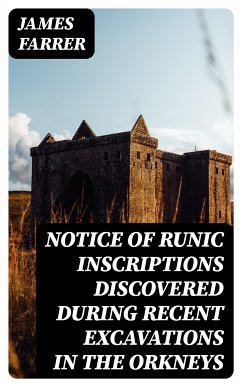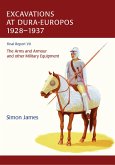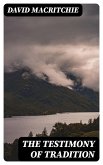In "Notice of Runic Inscriptions Discovered during Recent Excavations in the Orkneys," James Farrer presents a meticulous study of ancient runic artifacts unearthed in the Orkneys, shedding light on the cultural and historical significance of these inscriptions. The book is characterized by its scholarly precision, combining detailed archaeological insights with linguistic analysis, thereby situating the findings within a broader narrative of Norse influence in Scotland. Farrer's work is a noteworthy contribution to the field of archaeology and epigraphy, engaging with threads of Viking history and the enigmatic complexities of runic writing that have fascinated scholars and enthusiasts alike. James Farrer, a prominent figure in 19th-century archaeology and an advocate for the preservation of cultural heritage, was deeply influenced by his contemporaries in the exploration of ancient societies. His scholarly endeavors stem from a rich educational background and a profound interest in the intersection of language, history, and material culture. The rigorous fieldwork he conducted in the Orkneys, coupled with his dedication to documenting these invaluable discoveries, manifests in this seminal work, reflecting his commitment to advancing the understanding of ancient civilizations. For readers intrigued by the interplay between language and archaeology, "Notice of Runic Inscriptions" is an essential addition to both academic and personal libraries. It offers a gateway into the complexities of early Norse culture, enriching our understanding of the ancient world. Whether you are a seasoned scholar or a curious novice, Farrer's observations promise to captivate and enlighten.
Dieser Download kann aus rechtlichen Gründen nur mit Rechnungsadresse in A, B, BG, CY, CZ, D, DK, EW, E, FIN, F, GR, H, IRL, I, LT, L, LR, M, NL, PL, P, R, S, SLO, SK ausgeliefert werden.
Hinweis: Dieser Artikel kann nur an eine deutsche Lieferadresse ausgeliefert werden.









